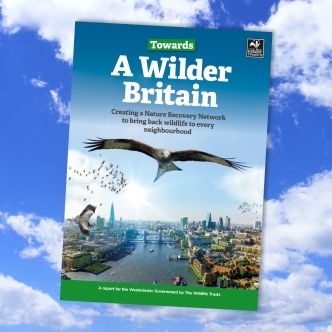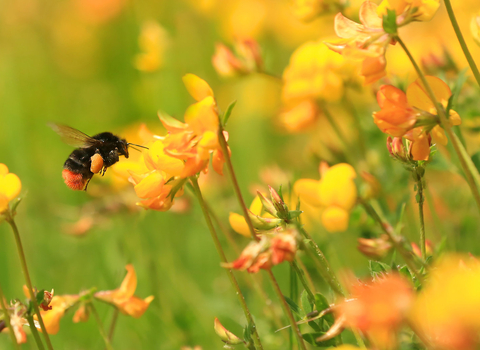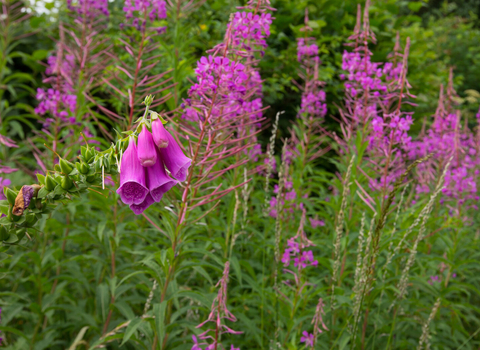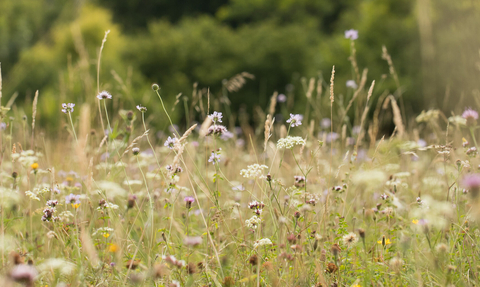
Sheepleas chalk meadow - James Adler
A Nature Recovery Network
Protected nature reserves alone cannot meet the needs of wildlife or our society. We need to restore and protect other places in the landscape that are still rich in wildlife. It is our aim to stitch fragmented wild places together and give nature the chance to renew itself.
Nature recovery networks link existing areas of good wildlife habitat via a series of stepping stones - land managed for the benefit of wildlife, whether as hedges, flower-rich grassland or wetland, whatever is appropriate. Restoring connections will give plants and animals freedom to move from place to place, helping them to adapt to change.
Making space for nature will benefit wildlife and people.
Every space in Britain must be used to help wildlife
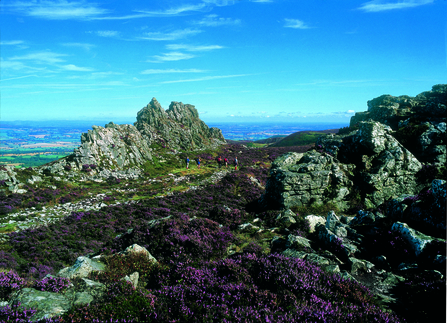
Stiperstones (Ben Osbourne)
This approach has been the guiding principle of our work for many years, resulting in projects such as Back to Purple on The Stiperstones, which restored wild heathland across much of the ridge. Similarly, in the Oswestry hills, we have worked with local landowners to improve grassland management for wildflowers and butterflies, extending opportunities for wildlife beyond our nature reserves.
We need to create a Nature Recovery Network that extends into every part of our towns, cities and countryside, bringing wildlife and the benefits of a healthy natural world into every part of life. Letting flowers bloom along road verges, installing green roofs across town skylines, planting more street trees to give people shady walks in the summer, encouraging whole communities to garden for wild plants and animals.
A network that brings wildlife into every neighbourhood would also provide fairer access to nature for people. Studies have shown the benefits of living close to nature, but many people are deprived of these benefits.
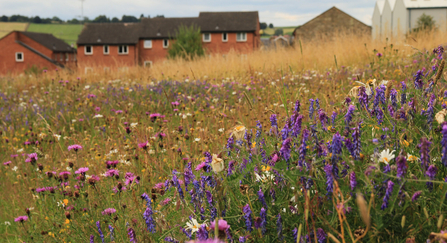
(c) Kieron Huston
How will this be achieved?
Nature reserves and other high value wildlife areas, such as Sites of Special Scientific Interest (SSSIs) and Local Wildlife Sites are at the centre of the plan.
From these, we look for opportunities to make connections to other nearby nature-rich places, linking them up along hedgerows, river banks, canal towpaths, railway lines and road verges as well as 'stepping stones' of good habitat. These habitats need to be expanded, their management improved to make them bigger and better for wildlife.
It will involve working with many other people: farmers, local authorities, water companies, Forest England (formerly the Forestry Commission), local businesses and many individuals. Everyone can play a part in realising this ambitious vision.
We are undertaking detailed mapping to identify where and how we should focus our efforts. Large-scale maps make visible the potential for making connections between existing good habitats.
The maps would then be used for local planning decisions and to target investment of agricultural funding, net gain contributions and more.
The Wildlife Trusts are calling for laws to require all relevant parts of central and local government to work together to map, plan and create a Nature Recovery Network.
We need new laws, including an Environment Act passed by the Westminster government, to ensure this happens. In it, local Nature Recovery Maps would be produced to achieve key Government targets for increasing the extent and quality of natural habitats, turning nature’s recovery from an aspiration to a reality.
Read 'Towards a Wilder Britain' our proposals for a Nature Recovery Network of joined-up habitats to help wildlife and people to thrive.
We are involved with projects and initiatives that contribute to this vision
Some of these are local schemes that we are a partner of, some are projects we are developing and delivering ourselves:
A recovery network for people
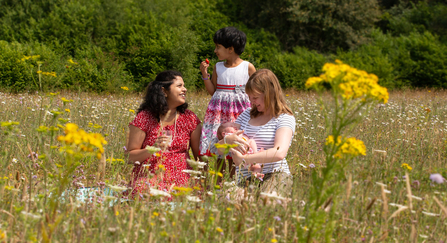
(c) Jon Hawkins - Surrey Hills Photography
We all need nature: at home, at school and at work. Our strategy for nature recovery extends into the heart of our towns and villages – it’s not just about the countryside.
Active enjoyment of wild places, whether through recreation, gardening, walking or simply by finding a beautiful green space to stop and relax is vital for our health and sense of well-being. In parks, cemeteries, churchyards; in the ground surrounding places of work and in our gardens there are numerous opportunities for rewilding.
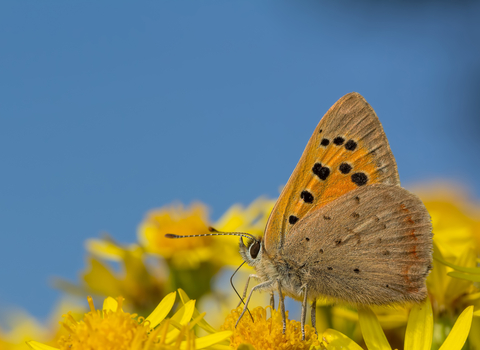
Gardening for wildlife
All of us can help by taking action for, and providing space for, wildlife where we live and work. On their own our actions can feel isolated or small, but linked together every garden, window box, field margin, street tree and riverbank makes a difference.
Large or small, ledge or yard, your garden can be a mosaic in a wider network of natural havens linking urban green spaces with nature reserves and the countryside.
Latest Environment Bill news
New UK Government targets could mean less wildlife for future generations
It has been six months since the landmark Environment Act was passed – the first dedicated environmental legislation for nearly 30 years…
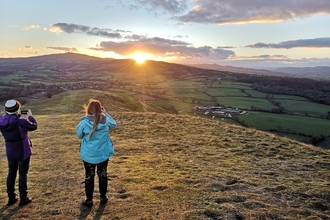
Rhetoric masks meagre nature recovery plans
The Wildlife Trusts say Government targets must aim higher.
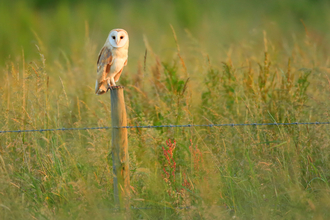
Long-awaited Environment Act passed
The Wildlife Trusts respond to the passing of the Environment Act.

